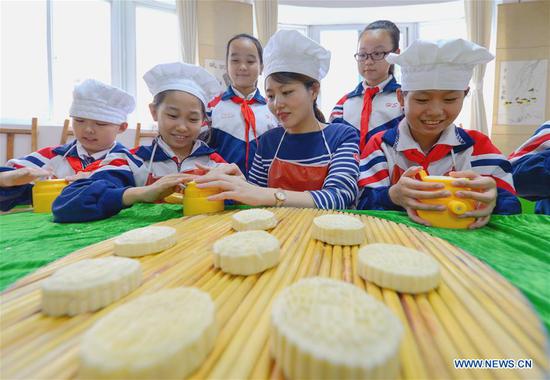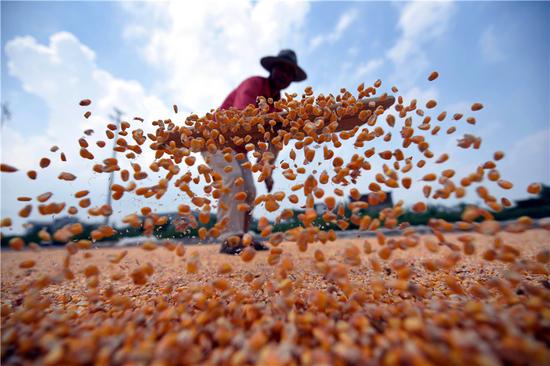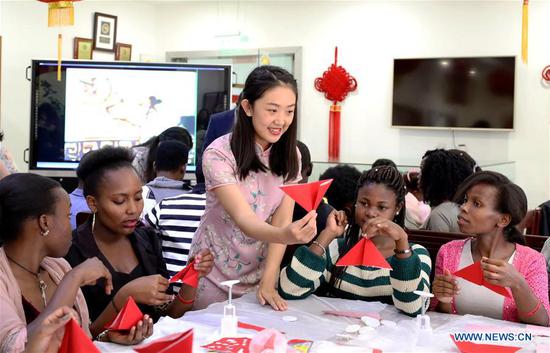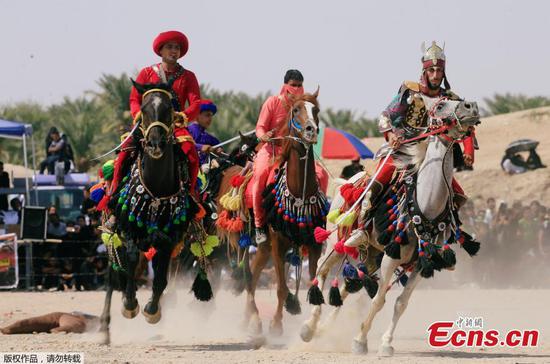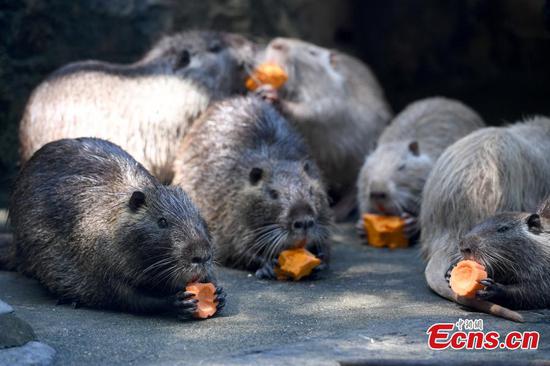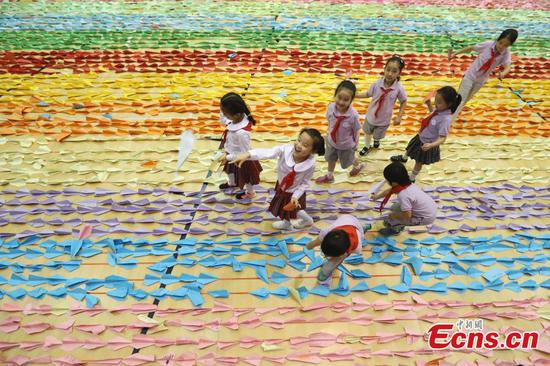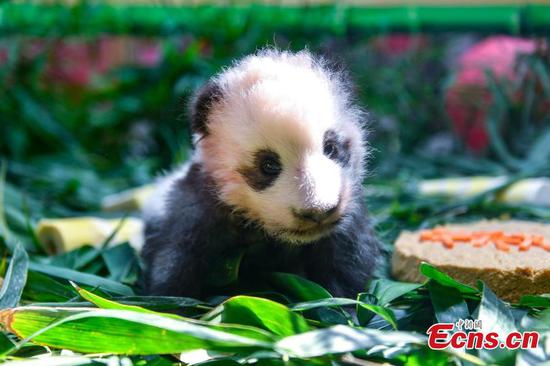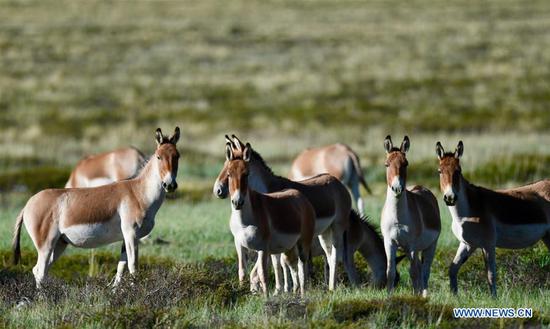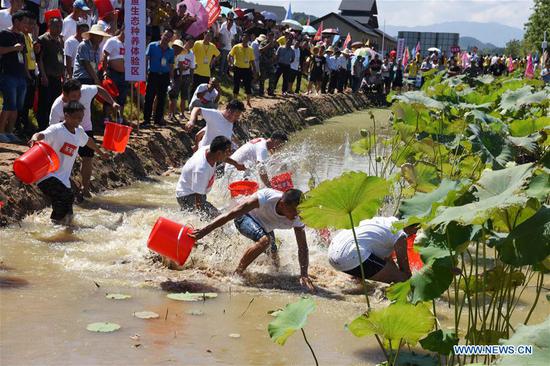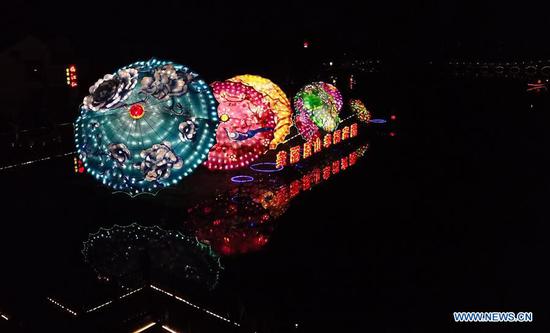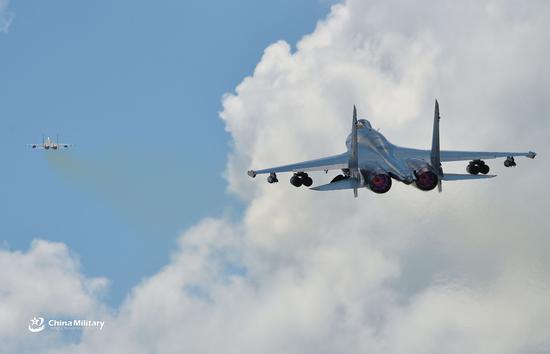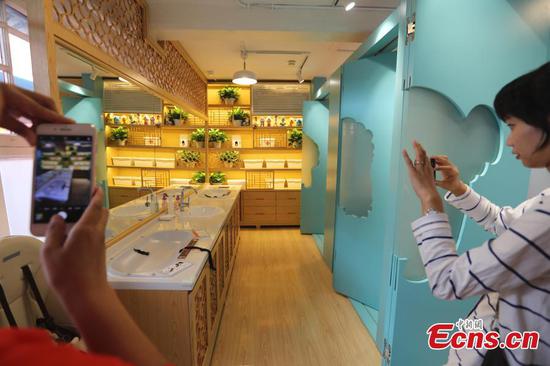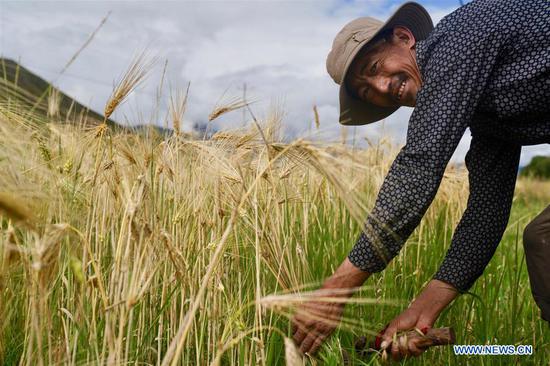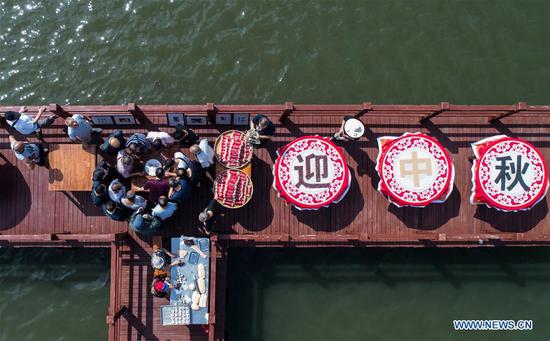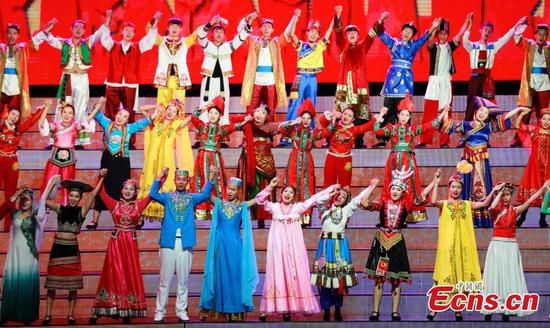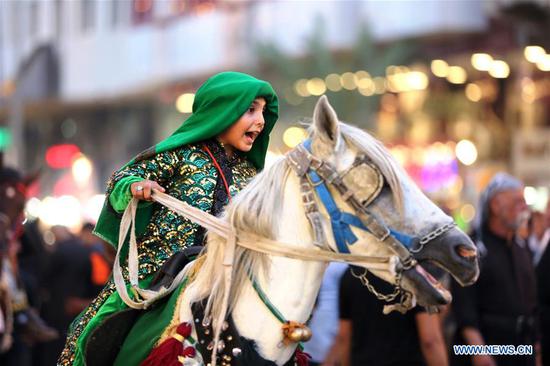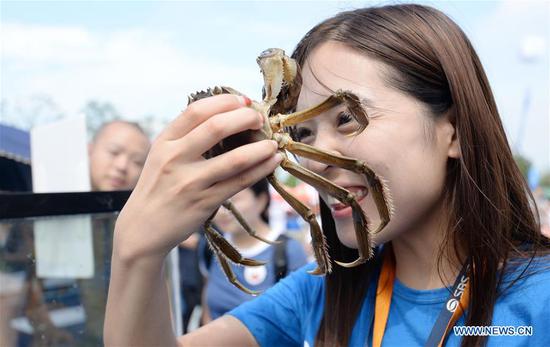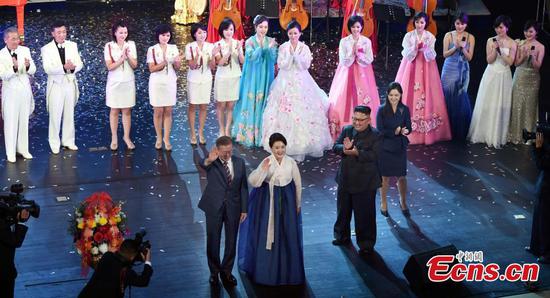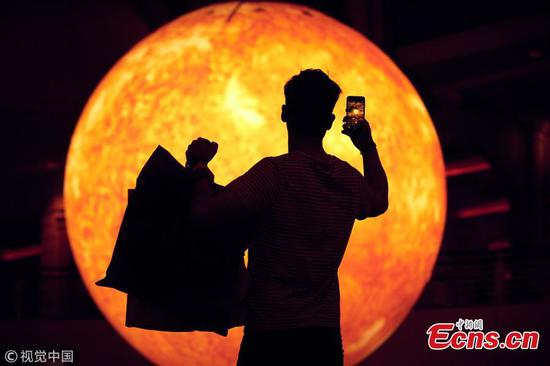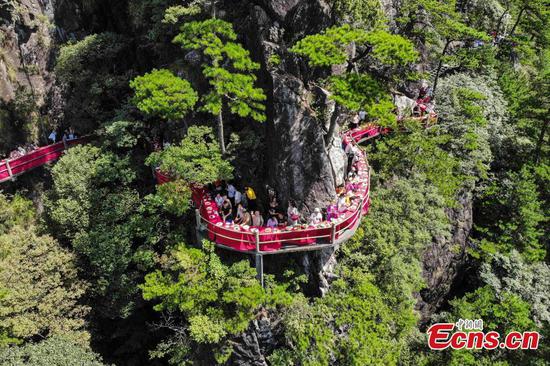China is all decked out and ready for the holidays!
Every 15th day of the 8th month of the lunar calendar, China celebrates the Mid-Autumn Festival, also known as the Chinese Moon Festival.
It's a cultural event celebrating harvest, and associated with the full moon.
In 2006, the State Council included the Mid-Autumn Festival in the first batch of the national-level intangible cultural heritage list. Two years later, the festival was listed as a national holiday.
This year's festival falls on September 24, and people across China and countries around Southeast Asia are stocking up on the season's most iconic food: Mooncakes.
The baked treats come in a variety of flavors, from the sweet to the savory, but only one shape – round to symbolize family reunions.
For decades, mooncakes have been the star of the festive season, eclipsing another complementary, but often overlooked, element: drinks.
Besides helping soften the richness of the pastry, the right beverage also enhances the flavor of the mooncake.
Why drink at the Mid-Autumn Festival?
Gazing at the moon, or worshiping the moon, is an ancient tradition going back to the Zhou Dynasty (around 500 BC) when people held ceremonies to welcome the full moon.
The popularity of the practice began to grow during the Tang (618 - 907) and Song dynasties (960 - 1279).
Rich people hosted festivities and celebrated with huge outdoor feasts of mooncakes, seasonal fruits, and vegetables. They drank wine as music filled the air and poets recited their verses. Ordinary people who could not afford big ceremonies settled for simple dishes and prayed to the moon for a good harvest.
During the Song Dynasty, mooncakes were not a must to mark the Mid-Autumn Festival. The process of making the pastry was complicated, and its ingredients were not available in every household.
According to a report by Chinese tech company NetEase, consuming alcohol was more common than having mooncakes during the Song Dynasty.
Many classic songs and well-known poems have immortalized the tradition of drinking wine to mark the occasion. Chinese poet Li Bai wrote "Drinking Alone under the Moon" or "Yue Xia Du Zhuo" in Chinese.
"In the Chinese Moon Festival, I held my cup until dawn and wrote this while thinking of my brother Zi Youh," wrote scholar Su Shi in the preface of "Shuidiao Getou".
What to drink?
"The inclusion of flowers into the food field is something that has existed since ancient times," says Dong Keping, a food columnist who worked as a consultant for the documentary "A Bite of China."
Eating mooncakes and drinking osmanthus wine is as traditional as the Mid-Autumn Festival itself.
Osmanthus wine or cassia wine is a Chinese alcoholic drink, sometimes sweetened, which is produced from weak baijiu and flavored with sweet osmanthus flowers.
According to historical records, drinking osmanthus wine was very popular in southern China in ancient times.
Osmanthus is said to lengthen one's lifespan.
In the Han Dynasty (206 BC - 220 AD), osmanthus wine was popular while worshiping the Gods and ancestors. After the ceremony, the younger generation would toast their elders with osmanthus wine, with the latter drinking it for health and longevity.
Osmanthus was also a sign of forging bonds and peace. During the warring states period, countries exchanged osmanthus flowers as a token of friendship.
The Chinese culture also borrowed the sweet meaning of osmanthus flowers. For example, osmanthus flower is a homophone for "Gui," which in Chinese means "wealth" as well as academic and career achievement.
Tea is another great drink to go with mooncakes, especially those filled with lotus paste.









